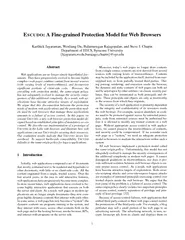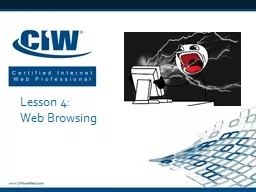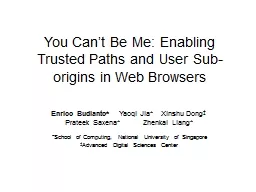PDF-SCUDO A Finegrained Protection Model for Web Browsers
Author : kittie-lecroy | Published Date : 2015-06-12
Chapin Department of EECS Syracuse University kjayaramwedubarajagochapin syredu Abstract Web applications are no longer simple hyperlinked doc uments They have progressively
Presentation Embed Code
Download Presentation
Download Presentation The PPT/PDF document "SCUDO A Finegrained Protection Model fo..." is the property of its rightful owner. Permission is granted to download and print the materials on this website for personal, non-commercial use only, and to display it on your personal computer provided you do not modify the materials and that you retain all copyright notices contained in the materials. By downloading content from our website, you accept the terms of this agreement.
SCUDO A Finegrained Protection Model for Web Browsers: Transcript
Download Rules Of Document
"SCUDO A Finegrained Protection Model for Web Browsers"The content belongs to its owner. You may download and print it for personal use, without modification, and keep all copyright notices. By downloading, you agree to these terms.
Related Documents














